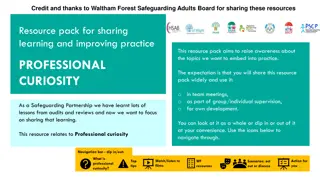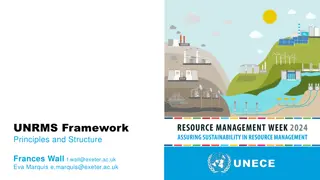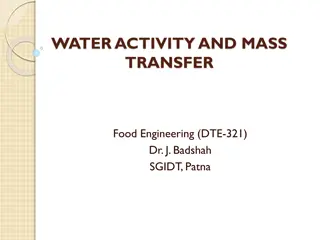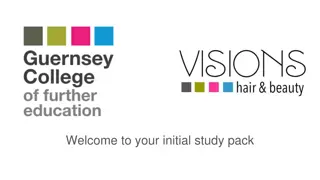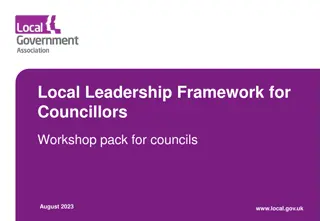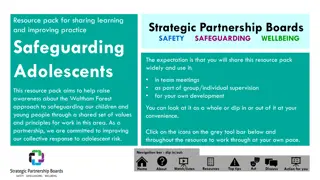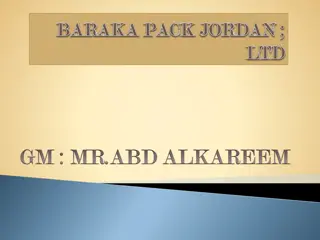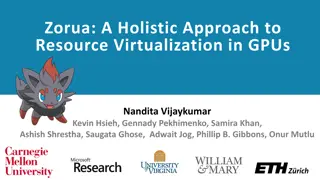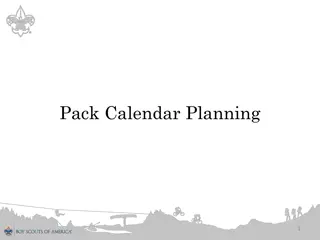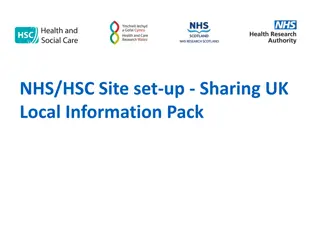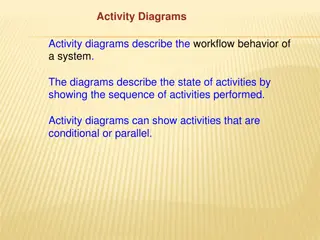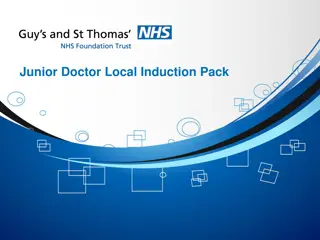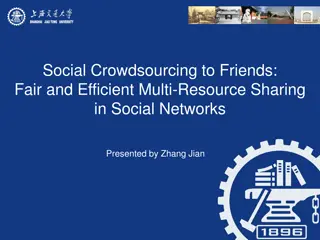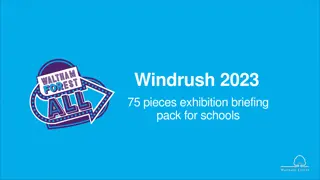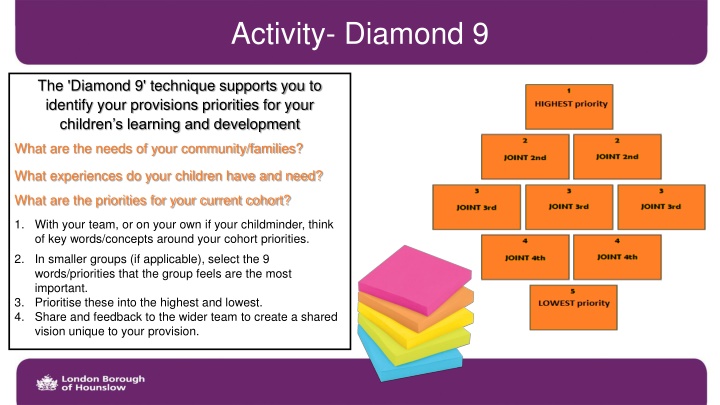
Supporting Provision Priorities for Children's Learning and Development
"Explore the Diamond 9 technique to identify provisions priorities for children's learning and development. Create a shared vision, reflect on educational programs, and enhance pedagogy to meet the needs of your community and families."
Download Presentation

Please find below an Image/Link to download the presentation.
The content on the website is provided AS IS for your information and personal use only. It may not be sold, licensed, or shared on other websites without obtaining consent from the author. If you encounter any issues during the download, it is possible that the publisher has removed the file from their server.
You are allowed to download the files provided on this website for personal or commercial use, subject to the condition that they are used lawfully. All files are the property of their respective owners.
The content on the website is provided AS IS for your information and personal use only. It may not be sold, licensed, or shared on other websites without obtaining consent from the author.
E N D
Presentation Transcript
Activity- Diamond 9 The 'Diamond 9' technique supports you to identify your provisions priorities for your children s learning and development What are the needs of your community/families? What experiences do your children have and need? What are the priorities for your current cohort? 1. With your team, or on your own if your childminder, think of key words/concepts around your cohort priorities. 2. In smaller groups (if applicable), select the 9 words/priorities that the group feels are the most important. 3. Prioritise these into the highest and lowest. 4. Share and feedback to the wider team to create a shared vision unique to your provision.
Activity- Creating a shared vision Keeping your cohort priorities in mind, take a moment within your team, or by yourself if you are a childminder, to think about the following questions: What do you want your children to know and understand by the time they leave you? How do you want them to be? What skills, knowledge and experiences do you consider essential to prepare them for the next stage of their education? You might want to make notes or use some large paper and just add all your ideas.
Activity- See, Think, Wonder Think See Wonder Revisit the new educational programmes. What do they mean for your practice and pedagogy? Are there areas where you need to place greater emphasis? Make notes of your provisions strengths and any actions that may have come up that you would like to explore further. Think about your own practise. What does guided (adult led) learning look like? How do you model play and extend children s learning and interests (teachable moments)? Are you able to share/observe practise with your colleagues? Take a few minutes to make notes on your practise and then discuss. Imagine you are a child entering your setting. What do you see? Think about your indoor and outdoor environments Are they enabling, open- ended, accessible, inviting? Take 1 minute to write down what you see and then discuss.




